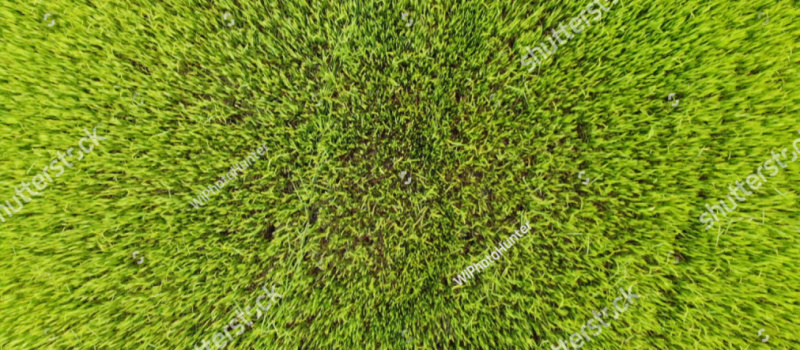How Often Does My Lawn Need Fertilization?

A healthy and lush green lawn is a source of pride for homeowners. Fertilizing your property is an essential part of lawn care that helps to promote healthy growth, maintain a vibrant green color, and keep it free from diseases and pests. But how often does your lawn need fertilization? In this blog, we will explore the factors that determine the frequency of fertilization and provide some tips for keeping your lawn healthy and beautiful.
Factors That Determine Frequency of Fertilization
The frequency of fertilization depends on several factors, including soil type, grass type, climate, and the type of fertilizer used.
- Soil Type
The soil type in your lawn can significantly affect the frequency of fertilization. For example, sandy soils tend to lose nutrients quickly, while clay soils hold onto nutrients longer. Therefore, if your lawn has sandy soil, it may need more frequent fertilization.
- Grass Type
Different grass types have various nutrient requirements. For example, cool-season grasses such as Kentucky bluegrass and fescues have higher nutrient requirements than warm-season grasses such as Bermuda grass and Zoysia grass.
- Climate
The climate in your region can also affect the frequency of fertilization. In areas with longer growing seasons, such as the southern United States, lawns may require more frequent fertilization.
- Type of Fertilizer
Different types of fertilizers release nutrients at different rates. Slow-release fertilizers release nutrients slowly over time, while quick-release fertilizers release nutrients quickly but must be applied more frequently.
Tips for Fertilizing Your Lawn
- Test Your Soil
Testing your soil's nutrient content, pH level, and texture can provide valuable information. This information can help you determine the type of fertilizer and the frequency of application needed for your lawn.
- Choose the Right Fertilizer
Choose a fertilizer that is specifically formulated for your grass type and soil conditions. Slow-release fertilizers are an excellent option for most lawns because they release nutrients gradually and require less frequent applications.
- Apply Fertilizer at the Right Time
The best time to fertilize your lawn depends on the grass type and climate in your area. Cool-season grasses should be fertilized in the spring and fall, while warm-season grasses should be fertilized in the summer. Avoid fertilizing your lawn during periods of drought or high temperatures.
- Follow the Recommended Application Rates
Over-fertilizing your lawn can cause more harm than good. Follow the recommended application rates on the fertilizer package and avoid applying more than the recommended amount.
- Water Your Lawn after Fertilization
After applying fertilizer, water your lawn thoroughly to help the nutrients penetrate the soil and reach the roots of the grass. Avoid watering too frequently or too little, as both can harm your lawn.
- Maintain a Consistent Lawn Care Routine
Fertilization is just one part of a healthy lawn care routine. Mowing your lawn regularly, watering it properly, and controlling weeds and pests can help keep your lawn healthy and beautiful.
Proper lawn fertilization depends on factors such as grass type, weather, soil type, and other environmental conditions. To ensure you are correctly fertilizing your lawn and avoiding over-fertilization, contact The Experienced Gardener for help. We will be able to assess your lawn's needs and provide tailored advice on how often you should be fertilizing your lawn. By taking these steps, you can enjoy a lush green lawn that is the envy of your neighbors.


